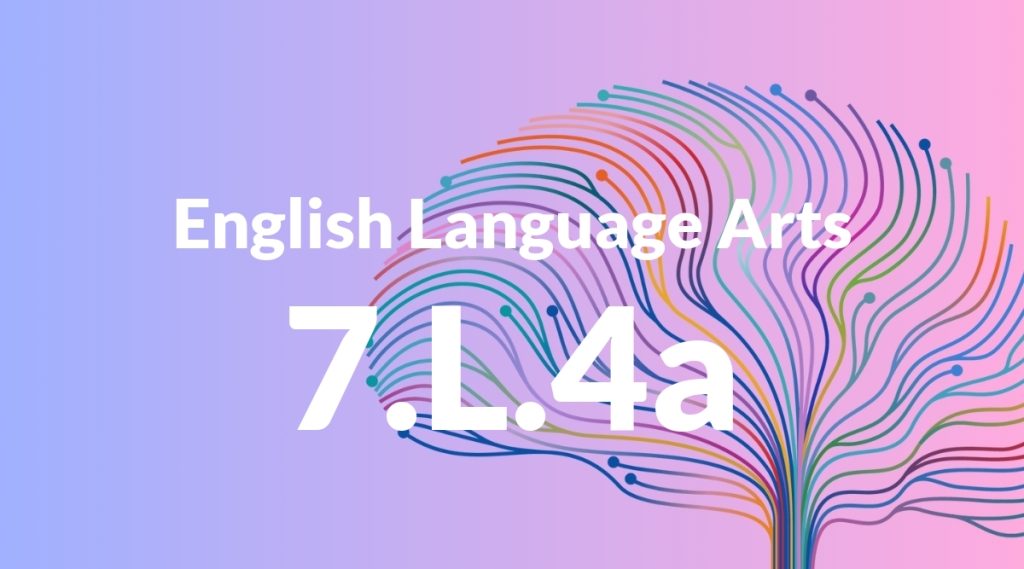Standard: 7.L.4a – Use context (e.g., the overall meaning of a sentence or paragraph; a word’s position or function in a sentence) as a clue to the meaning of a word or phrase.
Grade level: Grade 7
Subject: English Language Arts
Domain: Language
Teacher Overview
This standard focuses on helping students use context within a sentence or paragraph to determine the meaning of unfamiliar words or phrases. This skill is crucial for reading comprehension and vocabulary development, enabling students to understand and engage with more complex texts. Students should already understand basic sentence structures and be able to identify main ideas and supporting details in a text.
Mastering this standard will prepare students to engage with more complex texts, enhance their reading comprehension, and expand their vocabulary, which are essential skills for academic success.
Common Misconception 1
A common misconception is that context clues are only found in the same sentence as the unfamiliar word. This is incorrect because context clues can often be found in the surrounding sentences or paragraphs, providing a broader understanding of the word’s meaning.
Intervention 1
To address this misconception, provide students with practice passages where context clues are spread across multiple sentences. Teach them to look beyond the immediate sentence for additional hints.
Common Misconception 2
Another misconception is that every unfamiliar word will have an obvious context clue nearby. This is not always the case, and students need to be prepared to use other strategies when context clues are not present.
Intervention 2
Introduce students to alternative strategies such as analyzing word roots, prefixes, and suffixes, or using a dictionary when context clues are insufficient.
Prerequisite Knowledge
Students should have a basic understanding of sentence structure, parts of speech, and the ability to identify main ideas in a text.
Subsequent Knowledge
After mastering this standard, students will be able to analyze more complex texts, improve their reading comprehension, and expand their vocabulary through contextual understanding.
Instructional Activities
- Reading passages and identifying context clues
- Group discussions on how context helps determine word meanings
- Creating context clue charts
- Writing sentences using new vocabulary with context clues
- Interactive games focused on context clues




